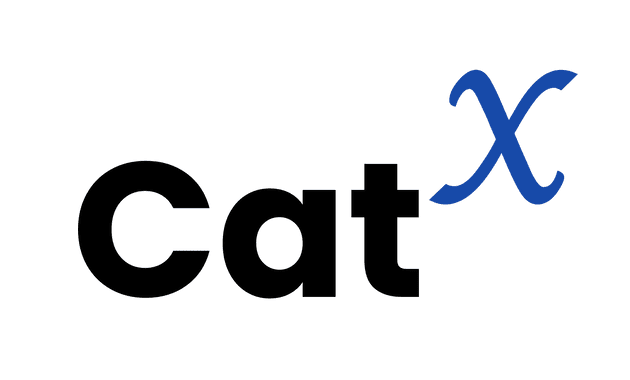Risk exchange start-up CatX accepted into Y Combinator accelerator

CatX, a digital catastrophe and parametric risk exchange start-up, has been accepted into the prestigious Y Combinator accelerator program to help it build out its capabilities and scale the developing business model.
CatX wants to become “an exchange for catastrophic and parametric risk, incorporating fast, automated risk origination and trading,” the company states.
Working with insurance or reinsurance companies, and investors, as well as direct insurance and risk transfer protection buyers, CatX aims to develop a suite of sophisticated tools for risk, solvency and capital management, backed by advanced modelling, machine learning and data analytics.
Y Combinator provides start-ups a platform for education, knowledge-sharing, access to capital and expertise, to propel their growth, while taking small stakes in the start-ups they help to accelerate.
Recall that insurance technology (insurtech) and insurance-linked securities (ILS) company Ledger Investing is a Y Combinator program alumni.
CatX is developing systems for automated origination and streamlined settlement, the company explained, while also wanting to make catastrophe risk tradable on a secondary basis as well.
At the heart of this start-ups mission, is making catastrophe risk more accessible to investors, while helping protection buyers access capital markets capacity more easily, all within a modern, liquid trading environment.
We spoke with the founders of CatX, Benedict Altier, who has worked in consultancy, catastrophe risk analysis and research, as well as Lucas Schneider, who has a background in capital markets, banking and securitized product development.
Benedict Altier, Co-Founder and CEO, told Artemis, “We are excited to have been accepted into Y Combinator for the Summer 23 batch and become a part of the world’s leading startup accelerator program, which has helped to launch companies such as AirBnB, Stripe, and Monzo.
“With CatX, we want to support the continued growth of the catastrophic risk market by enabling sophisticated trading in a broad range of instruments across peak, secondary, and emerging perils.
“Our focus now is to continue to strengthen relationships with capital market providers, in addition to supporting insurers in accessing flexible capacity at improved rates.”
Lucas Schneider, Co-Founder and CTO, added, “Our platform supports new and existing ILS investors by providing access to a wide range of models and leveraging new technologies such as machine learning and alternative data sets.
“CatX streamlines the complete origination process, resulting in faster and more cost-efficient issuances of insurance-linked products.
“Through real-time risk modeling and standardized, simplified trading contracts, we facilitate secondary trading in catastrophic risk, helping to improve liquidity.”
It’s a venture that is similar to others that have come before, with a number of risk exchange providers in the market today. Each business model differs though and it’s healthy to have more entrants to this space, we believe.
The more efforts that seek to digitalise risk trading, to make it more direct, efficient and simple to access risk capital for protection buyers, while providing investors with access to liquid catastrophe risk instruments, the more likely we grow this market and find ways to shorten the risk-to-capital value chain at the same time.
With insurance risk capital needed to address catastrophe and climate risk protection gaps, and a need for that capital to be as efficiently deployed as possible, the more people working towards this goal the better, as lowering the cost-of-capital could be critical in years to come.
Hence, more directly connecting capital with risk remains a valuable goal and making catastrophe risk tradable a great place to start doing that, in insurance and reinsurance.
The Y Combinator program will help CatX in its development and with access to capital, but it will still have to overcome the same adoption hurdles that all other digital risk exchange start-ups have faced to-date.
The market is becoming more welcoming to efforts to improve the way risk is traded and many are aware that, for insurance markets to really reach their global potential and address protection gaps, efficiency is needed, both in the way risk is transacted and the way it is connected to diverse capital sources.






